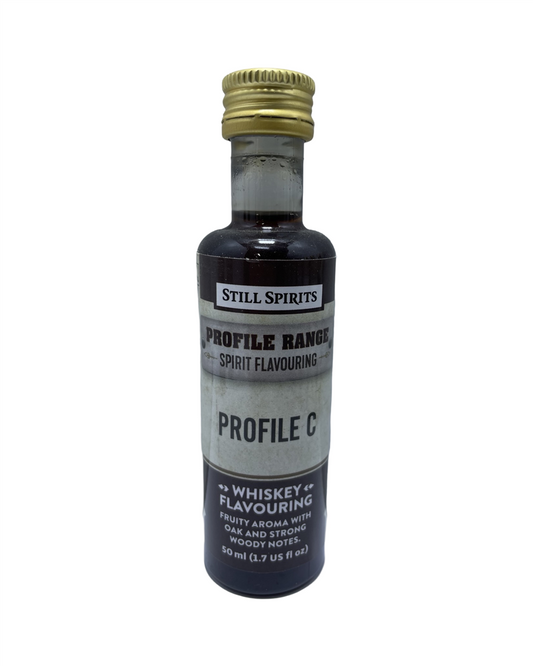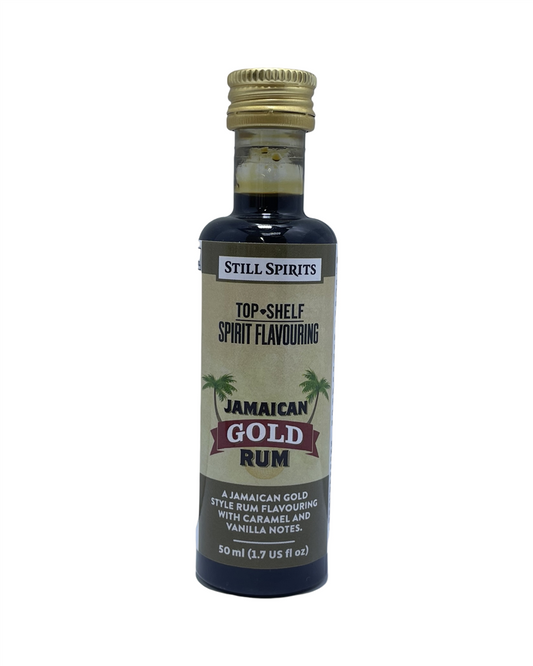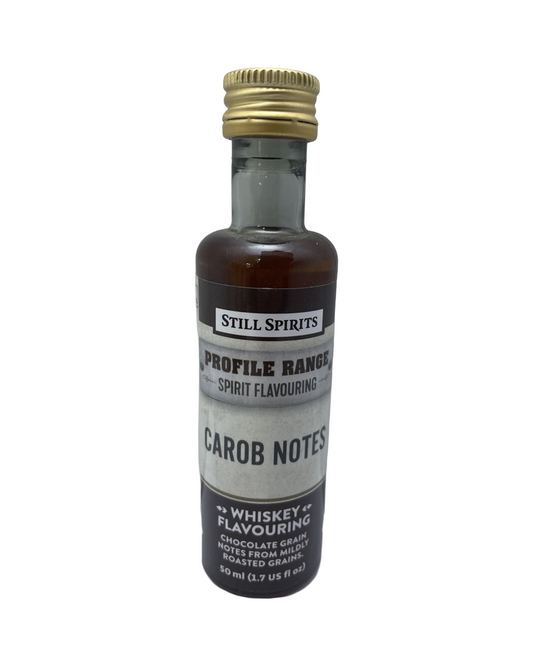The Difference Between Bourbon, Scotch and Rye Whiskey
Share
The Difference Between Bourbon, Scotch, and Rye Whiskey
Whiskey is a big world, full of tradition, craftsmanship, and a whole lot of personality. There’s nothing quite like pouring a glass of something rich and complex, knowing that every sip carries the weight of history and the skill of the makers who crafted it. But here’s where things get tricky—what’s the real difference between bourbon, Scotch, and rye? They all belong to the whiskey family, but trust me, they each have their own attitude and flavour profile.
What Makes a Whiskey, Whiskey?
Before diving into the variations, let’s cover the basics. Whiskey is a distilled spirit made from fermented grain mash. It’s aged in wooden barrels, usually oak, which gives it colour and character. But from here, things start to split off depending on where it’s made, the types of grains used, and how it’s aged.
Bourbon: The Sweet One
Bourbon hails from the United States and has a bit of a sweet, warm personality. For a whiskey to be considered bourbon, it must be made from at least 51% corn and aged in new charred oak barrels. This combination gives it a deep caramel and vanilla flavour, with a smooth finish that makes it an easy sipper.
The charred barrels bring in those deep, toasted sugar notes—think of sticky toffee pudding or a warm crème brûlée. And because it’s aged in new barrels, bourbon tends to be more full-bodied than other whiskeys. It’s got that rich, oaky depth that makes you think of lazy afternoons and good company.
Scotch: The Bold and Smoky One
Scotch is the pride and joy of Scotland. It typically uses malted barley as its main grain, and it must be aged in oak casks for at least three years. The climate plays a big role in Scotch’s personality—cooler temperatures in Scotland mean longer aging, allowing flavours to develop slowly.
If you’ve ever tried a peaty Scotch, you know it has a smoke-filled punch. That’s because some distilleries dry their barley over peat fires, infusing the grain with an earthy, campfire-like essence. But not all Scotch is smoky—some regions focus more on smooth, honeyed malt flavours with hints of fruit and spice.
Unlike bourbon, which uses new barrels, Scotch is often aged in used casks, like old bourbon or sherry barrels. This adds layers of depth and complexity, creating a dram that demands attention.
Rye Whiskey: The Spicy Rebel
Rye whiskey brings its own kind of swagger to the whiskey world. To qualify as rye, it needs to be made from at least 51% rye grain. This gives it a spicier, more peppery edge compared to bourbon’s sweet warmth.
Take a sip of rye, and you’ll notice bite. It’s got that dry, peppery kick that lingers. This makes it a favourite for classic cocktails like the Old Fashioned or Manhattan, where the bold spice stands up to bitters and sugar like a well-mannered rebel.
Canadian whisky—sometimes referred to as “rye” in Canada—doesn’t have the same strict requirements as American rye whiskey. Some Canadian whiskies actually contain very little rye, while others are packed with it. The result? A wide variety of flavour profiles ranging from sweet and smooth to bold and spicy.
Which One Should You Try?
Each of these whiskeys offers something for different tastebuds and occasions.
- Prefer smooth and sweet? Grab a bourbon.
- Like smoky and rich? Scotch is your friend.
- Enjoy a good spice kick? Pour a glass of rye.
And for those who love DIY projects, homebrewing your own spirits opens up a whole new world of experimentation. Imagine crafting a whiskey-inspired spirit with your own twists—balancing grains, playing with oak aging, and dialing in the flavours just the way you like them. That’s where the real fun begins.
So, whether you’re sipping, mixing, or brewing, there’s always something new to discover in the world of whiskey. Cheers to that!
Happy brewing,
Candeece

Stay Connected
Join our homebrewing community: Beer and Barrel Society on Facebook
Follow our Facebook Page: Strathalbyn H Hardware on Facebook








